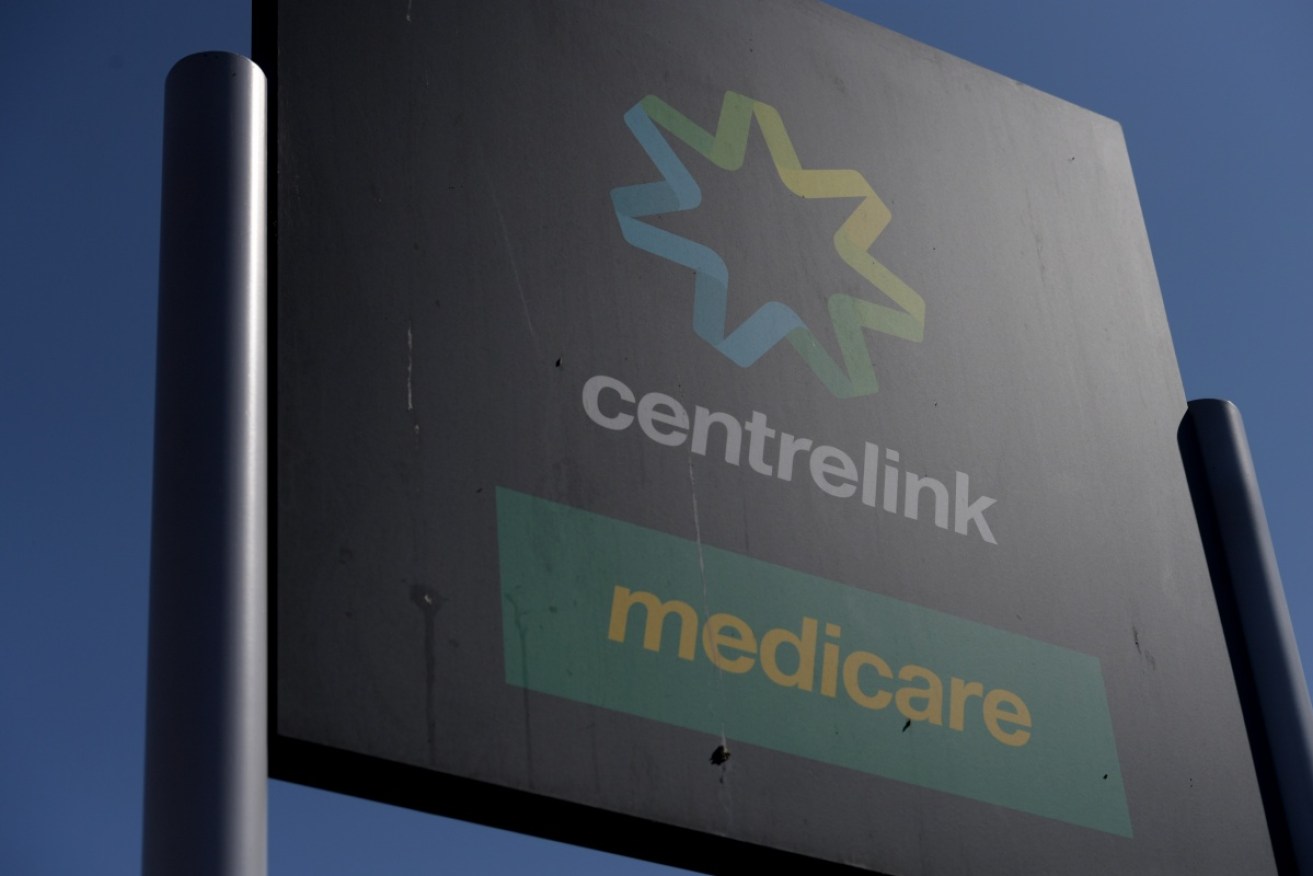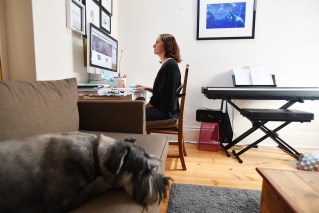Record jobs growth shows first sign of ending


The jobless figure was steady in March at 5.5 per cent. AAP
The recent record boom in employment has shown the first signs of ending as official figures revealed a significant drop in growth.
The Australian Bureau of Statistics revealed on Thursday that 14,000 new jobs were added in March, bringing the total number of employed people to 12,485,800.
In seasonally adjusted terms, the growth was lower, at 4900. The unemployment level now sits at 5.5 per cent.
The subdued growth in March followed a decline in February, and prompted commentators to flag the possibility that the huge growth in 2017 – where monthly growth averaged 35,000 new jobs a month – may be over.
“The Australian labour market may be showing its first signs of slowing following remarkable growth during 2017,” Callam Pickering, APAC economist for global job site Indeed, said.
Employment was up 4900 people in March, following a decline in February, which is a marked departure from average growth of almost 35,000 people a month last year.
“Much of this slowing is concentrated in full-time roles, which have declined over the past three months. Full-time employment was one of the good news stories for the Australian economy, supporting retail and economic growth and offsetting persistently weak wage growth, but that has quickly changed.”
But, he added, participation in the labour force reached a record high in March – which he called a “remarkable achievement” given the presence of an ageing population.
It was too early to say whether the boom had ended, but policymakers would be “closely watching the figures”, Mr Pickering said.
JP Morgan’s Tom Kennedy painted a similar picture.
“Much of the positivity RBA officials have had on the labour market of late has come from the fact that employment growth boomed last year, with raw job creation making it easy to paper over the various headwinds facing the consumer, such as benign wages growth and high levels of household indebtedness,” he said.
“However, we had previously flagged the surge in employment growth and participation as being correlated phenomena. While early days it appears this view is broadly tracking, and we retain our forecast for participation to stabilize and employment growth to moderate in 2018.”
While the RBA has been positive about employment growth, it has repeatedly pointed out the improved jobs market has had little effect on wage growth, which remains at record lows.
This fact, combined with the disproportionate growth in part-time work, prompted the Australian Council of Trade Unions on Thursday to call for a rise in the minimum wage.
The ACTU claimed a $50 increase to the minimum wage would create between 40,000 and 57,000 jobs in the first year of higher wages.
“Australians need more secure jobs. We cannot pay full-time bills with part-time pay,” ACTU secretary Sally McManus said.
“People who want full-time work are finding it harder than ever to get, and these figures illustrate that.
“The Turnbull government could urge the Fair Work Commission to raise the minimum wage by $50 a week tomorrow, and create tens of thousands of jobs over the next year if they wanted to.”








